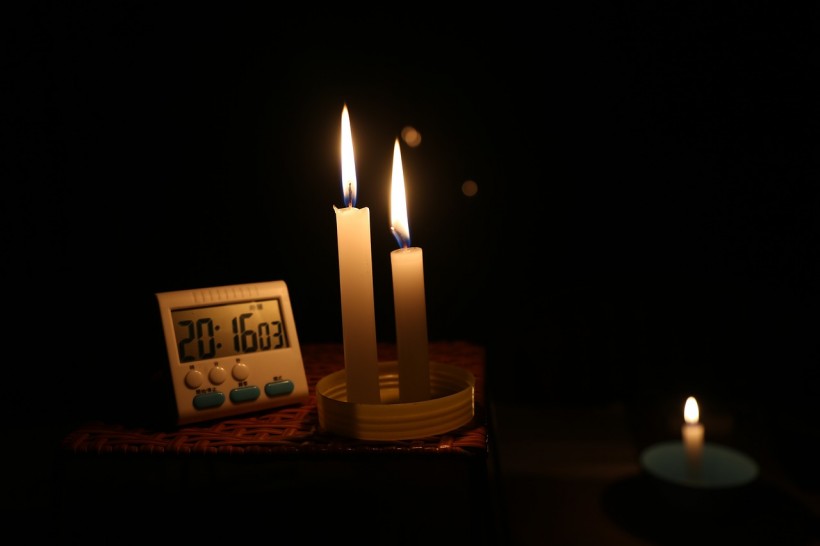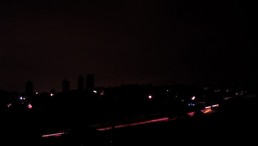New York state is threatened to experience more power outages due to severe weather events. Communities across the state count end up becoming disproportionately affected.
Severe Weather Events Due to Climate Change
According to the new study, upper Manhattan, eastern Queens, the Bronx, Adirondack, and the Hudson Valley all have a higher risk of power outages due to weather events that were to hit.
Due to climate change, severe weather events are becoming more common. This is, in turn, making the power grid become more vulnerable. The researchers note in the study that such a matter is becoming a critical issue, as this could gravely affect residents of impacted communities. Though the threat persists, not much research has been dedicated to understanding community effects.
Because of this, the researchers paired the New York state's hourly power outage data from the Social Vulnerability Index of the CDC with weather by hour. This enabled them to pinpoint the severity of the outages in different communities from 2017 to 2020.
Joan Casey, the study's lead author and an environmental epidemiologist from the University of Washington, explains that, on its own, severe weather events boosted power outage risks. However, when combined, the chances ended up skyrocketing.
On its own, heat boosted power outage chances by nine times. However, when extreme heat and frequent rain came together, the chances went to as high as 300 times.
The scientists found that less than 40% of New York state's power outages took place because of severe weather, at least in part.
ALSO READ: EV to the Rescue: Woman Uses Electric Car To Power Son's Dialysis Machine During Power Outage
Affected Communities in New York State
The study's maps show the extent of outages faced by the state that are driven by severe weather events.
Casey explains that they discovered in New York City that precipitation, wind, and heat-driven outages were more frequent in communities that were socially vulnerable. These areas include Upper Manhattan, Harlem, Eastern Queens, and the South Bronx. This is due to the higher poverty rates and lower housing quality in these areas. This, in turn, makes them more vulnerable to outage impacts.
In rural areas, the average time it took for a power outage to last was 12.5 hours. This is in comparison to a whopping duration of 18.5 hours in other cities and 20.2 hours across New York City.
Power Outage Impacts
Casey says that, especially as summer starts, it is important to think about those who are most vulnerable to these power outages. These vulnerable people include those who live with a disability, older adults, and people who depend on medical equipment that are electrically powered. For such groups, a power outage could end up becoming a medical emergency.
Moreover, climate change will keep on yielding more variable and extreme weather that would gravely affect the electrical grid, which is already quite aged. Hence, it is necessary for resources to be invested on grid improvement, backup power provision, and building weatherization for health protection.
The study also adds that though the US grid is generally quite reliable, it is also facing grave challenges due to weather events that are becoming more frequent because of climate change.
The researchers note that it is crucial to address power outages due to weather not just for the health of the population but also for the climate and environment.
RELATED ARTICLE: US Tsunami-Prone Areas: Map Shows Rising Sea Levels 'Hazard Zones'
Check out more news and information on Environment & Climate in Science Times.















